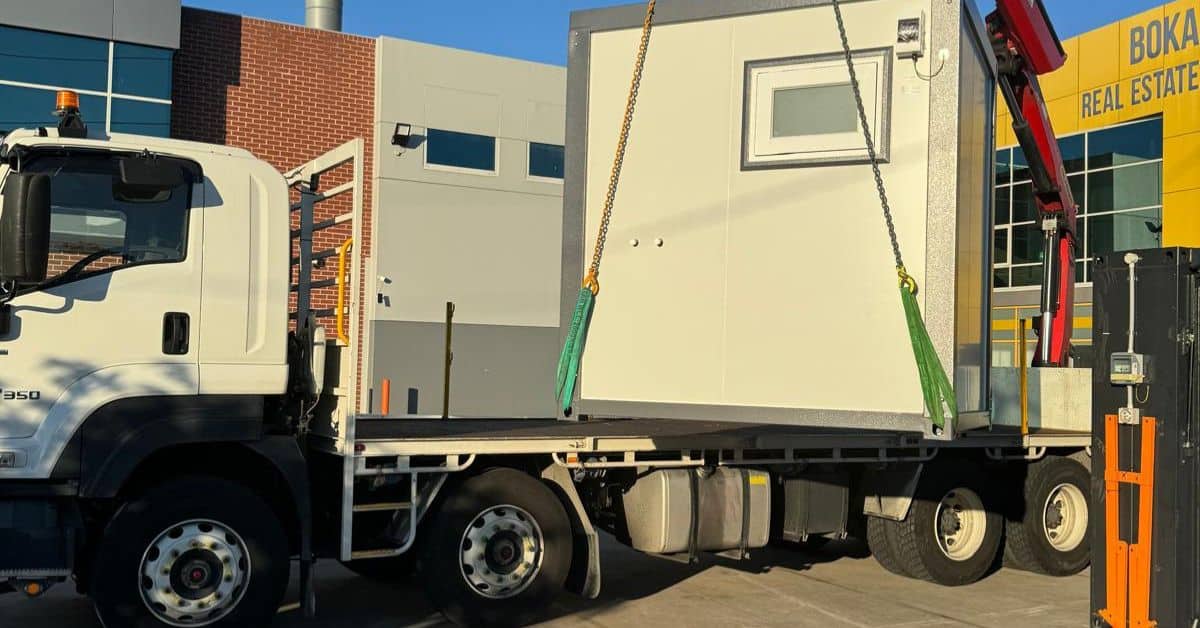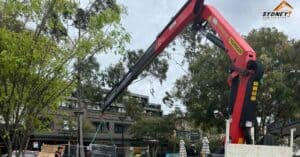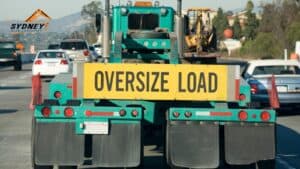Moving a portable home, whether it’s a modular, mobile, or prefabricated home, is no small task. Unlike traditional homes that are fixed in one place, portable homes are designed to be moved, but that doesn’t mean the process is always straightforward. Whether you’re relocating to a new site, upgrading your living space, or moving across the country, there are several important considerations and steps to ensure that the move goes smoothly and safely.
1. Plan Ahead and Assess the Situation
Before you start making calls or booking transportation, the first thing you need to do is plan thoroughly. A portable home move can take weeks of preparation, depending on the distance and complexity of the move. Here are some key things to assess:
Check Local Regulations
Different states and municipalities have varying laws and regulations when it comes to moving homes. For example, you might need permits for both the transportation of the structure and the placement of it on the new property. Make sure you’re aware of:
- Zoning laws at both the departure and arrival locations.
- Required permits for transportation, including wide-load permits if your home exceeds a certain size.
- Requirements for utility disconnections and reconnections.
Determine the Size and Weight
Portable homes come in various sizes, and it’s important to know the exact dimensions and weight of your unit. This will help in selecting the right truck, trailer, and equipment for the move. Make sure you have the following measurements:
- Length, width, and height of the home.
- Weight, including furniture or any belongings that might be inside.
Choose the Right Moving Company or Equipment
Not every truck or transport company is capable of moving a portable home. You’ll need a specialized moving service that understands the complexities of transporting large structures. It’s important to choose a company that:
- Has experience with mobile home transport.
- Has access to heavy-duty flatbed trucks, lowboys, or custom trailers.
- Provides equipment for securing the home during transit.
If you’re renting a truck from us, we’ll help you find the right vehicle and gear to move your portable home with safety and ease.
2. Ensure the Home is Ready for the Move
Once you’ve made all the necessary arrangements, you’ll need to get your home ready for the journey. Here are some important things to consider:
Disconnect Utilities
Before the home is moved, disconnect all utilities including water, electricity, and gas. This process can take some time, so be sure to schedule it ahead of time with the appropriate utility companies. Also, keep in mind that:
- Water lines and plumbing need to be drained and disconnected to prevent damage during the move.
- Electric lines should be safely disconnected and rerouted.
- Gas connections should be turned off and properly sealed.
Prepare the Foundation
If your portable home is on a foundation, it may need to be lifted and separated from the foundation before it can be moved. This step requires professional movers to safely lift the home and place it on a transport trailer. Additionally:
- Make sure the foundation is properly dismantled or prepared for future use.
- If your portable home is anchored to the ground, these anchors need to be removed or loosened.
Secure Everything Inside
Anything inside the portable home should be secured. This includes:
- Furniture, appliances, and personal belongings. Secure heavy items to prevent shifting during transit.
- Windows and doors should be locked or sealed to prevent damage or rattling.
- Check that roof fixtures, air conditioning units, and any other exterior appliances are secure.
Address Structural Integrity
Before moving, inspect your portable home for any structural weaknesses or potential issues that could be exacerbated during the move. It’s essential to ensure that:
- The frame is stable and the walls are secure.
- The home is in good condition, without any cracks or damage that could worsen during transportation.
It’s a good idea to have a professional inspector look at the home to confirm its readiness for the move.
3. Work with Professional Movers and Equipment
Transporting a portable home is a complex and heavy-duty task that requires specialized equipment and experienced movers. This is not something you want to leave to chance, as any mistake could result in significant damage to your home or even accidents.
Use Heavy-Duty Equipment
When it comes to hauling a portable home, you’ll need more than just a regular moving truck. Here’s what you’ll likely need:
- Flatbed Trailers or Lowboys: These trailers are ideal for moving large homes, as they can support the weight and offer a stable platform for transportation.
- Heavy-Duty Trucks: A specialised truck will be necessary to haul the portable home. These trucks are equipped to handle the weight and size of a mobile home.
- Lifting Equipment: Hydraulic lifts or cranes may be required to lift the home onto the transport trailer.
Hire Experienced Movers
Choose a moving company with expertise in relocating mobile and portable homes. They should have experience with:
- Transporting oversized loads.
- Navigating challenging terrain and obstacles.
- Securing and stabilising the home during transport.
A professional team will handle the logistics, ensuring that your home is safely secured and follows all legal requirements.
4. Plan the Route Carefully
The journey is just as important as the preparation. Moving a portable home often involves navigating highways, rural roads, and potentially challenging routes. Here are some things to consider:
Avoid Overhead Obstructions
One of the biggest challenges in moving a portable home is clearance. Low-hanging branches, utility lines, and bridges could pose a significant risk to your home. Make sure to:
- Plan the route ahead of time and avoid roads with low clearances.
- Work with a moving company that can help assess the route and make necessary adjustments.
Consider Weather Conditions
Weather can also impact the move. Rain, snow, or extreme heat can delay the move or make the road slippery. It’s wise to:
- Monitor weather forecasts before the scheduled moving day.
- Be flexible with your timeline, as weather conditions may require rescheduling.
Organise Escorts or Pilot Vehicles
If your home is particularly large or oversied, you may need to arrange for escort vehicles to accompany the transport. These vehicles help guide the moving process, alert other drivers to the oversized load, and ensure safe navigation of the route.
5. Set Up at the New Location
Once your portable home has safely arrived at its new location, it’s time for the final phase: setting it up. This step involves several tasks to ensure that your home is properly positioned and ready for use.
Place the Home on Its New Foundation
Ensure that the home is carefully placed on its new foundation, whether it’s a concrete slab, metal supports, or a new set of anchors. A professional crew will help you level and secure the home in its new spot.
Reconnect Utilities
After the home is in place, reconnect all utilities, including electricity, water, and gas. If the home is being moved to a new property, ensure that all utilities are set up and functioning before you begin to settle in.
Inspect for Damage
Once the home is in its new location, conduct a thorough inspection. Check for any damage that may have occurred during the move. Make sure:
- The structure is intact and secure.
- The utilities are functioning correctly.
- There are no visible signs of stress or damage to the walls, roof, or foundation.
Conclusion
Moving a portable home can be an involved and intricate process, but with the right planning, equipment, and expertise, it can be done smoothly. By assessing the situation carefully, preparing your home for the move, working with professional movers, and planning your route effectively, you’ll ensure that your portable home reaches its new location safely and efficiently.
At Sydney Hiab Logistics, we’re here to help with all your moving and transportation needs. Whether you need a truck for the move or need assistance with planning and logistics, we provide the tools and expertise to make your portable home move as easy as possible. If you’re ready to move, contact us today for more information on our truck rental services and professional moving assistance!




